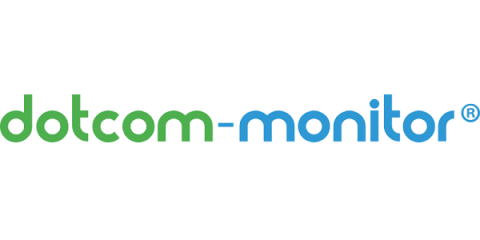Guidelines for Choosing a Monitoring Platform
No matter the type of business or industry you’re in, monitoring uptime, performance, and availability of your websites and web services is critical for timely error resolution and customer satisfaction. You put your business at risk if you’re operating with an outdated monitoring solution. In this post, we will give you an outline of what to consider when selecting an appropriate, and cost effective, monitoring solution.


